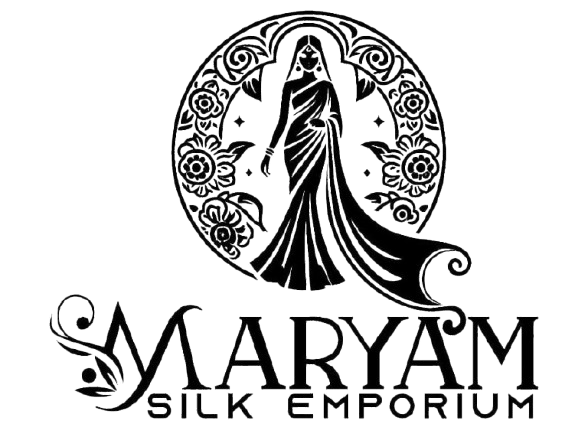Banarasi sarees are one of the most loved treasures of Indian handloom. But in today’s market, machine-made imitations often confuse buyers. If you are investing in a Banarasi saree, it’s important to know how to identify a pure and authentic weave. Here are a few tips that will help you:
1. The Weaving Technique
A pure Banarasi saree is always handwoven. If you look at the reverse side of the fabric, you will notice floating threads or loose ends, also called float. Machine-made sarees usually have a neat backside without these detailing.
2. The Zari Quality
Authentic Banarasi sarees are woven with real zari made of silver or gold-coated threads. Pure zari shines with elegance but never looks too flashy. Fake zari, on the other hand, feels stiff and loses shine quickly.
3. The Motifs & Designs
Banarasi sarees are famous for their traditional motifs such as kalga, bel, floral jaal, and booti work. These designs are detailed, fine, and slightly raised in texture. Printed or machine-made patterns often lack the depth of real handloom weaving.
4. The Fabric Touch
Pure Banarasi silk or georgette feels soft yet firm. The fabric drapes gracefully and has a natural shine. Fake fabrics often feel rough, too shiny, or unnaturally stiff.
5. The Geographical Indication (GI) Tag
Original Banarasi sarees from Varanasi come with a GI Tag that certifies their authenticity. Always check if your saree carries this certification.
6. Time Taken to Weave
Lorem ipsum dolor sit amet, consectetur adipiscing elit. Ut elit tellus, luctus nec ullamcorper mattis, pulvinar dapibus leo.
Why Choose Authentic Banarasi Sarees?
A pure Banarasi saree is not just a piece of clothing – it’s an artwork, a cultural heritage, and a lifelong investment. Every saree carries the tradition of Banaras, making it a timeless treasure in every woman’s wardrobe.
At Maryam Silk Emporium, we ensure that every saree is 100% authentic and handloom, directly from the skilled weavers of Varanasi.
